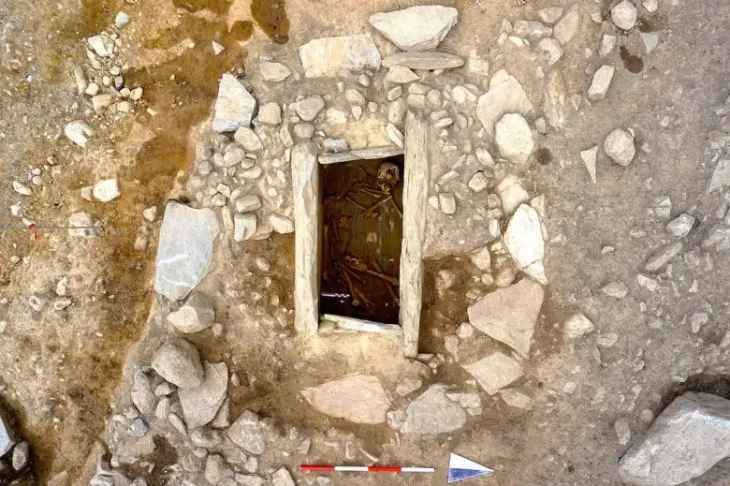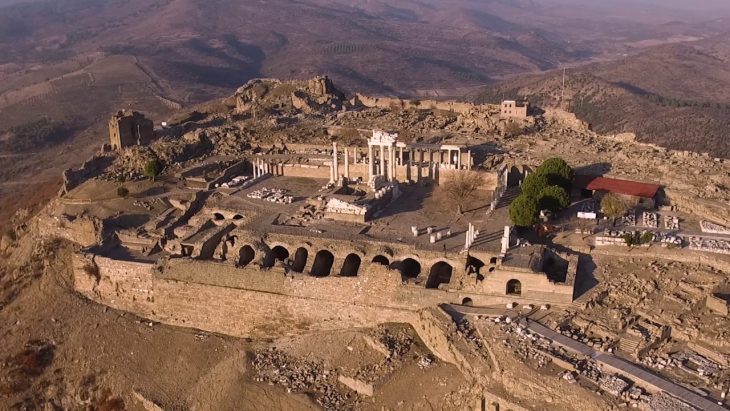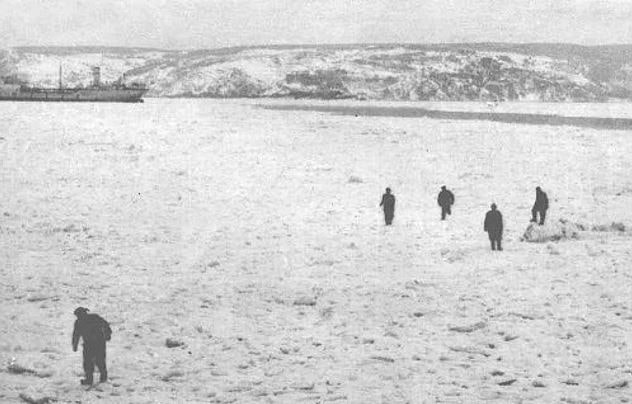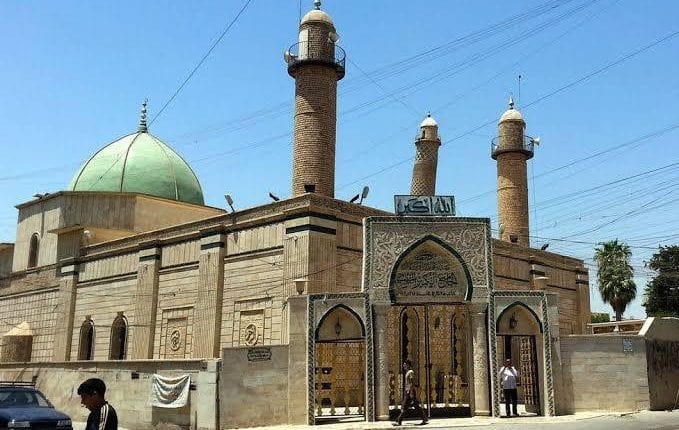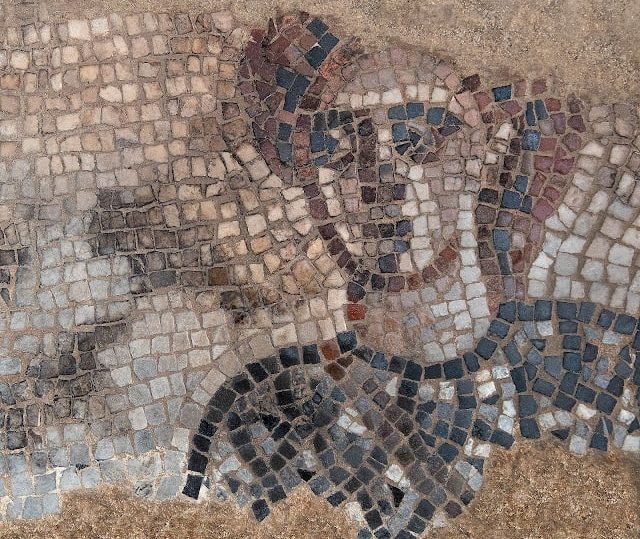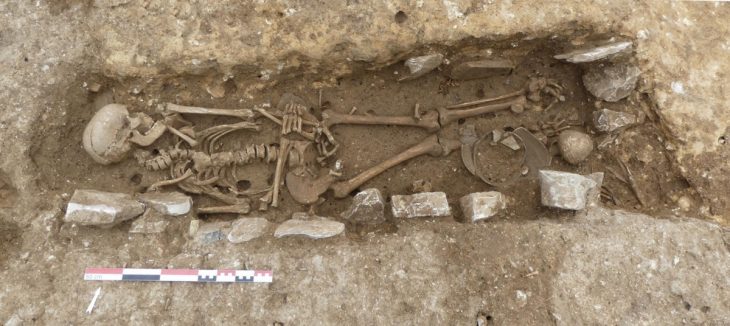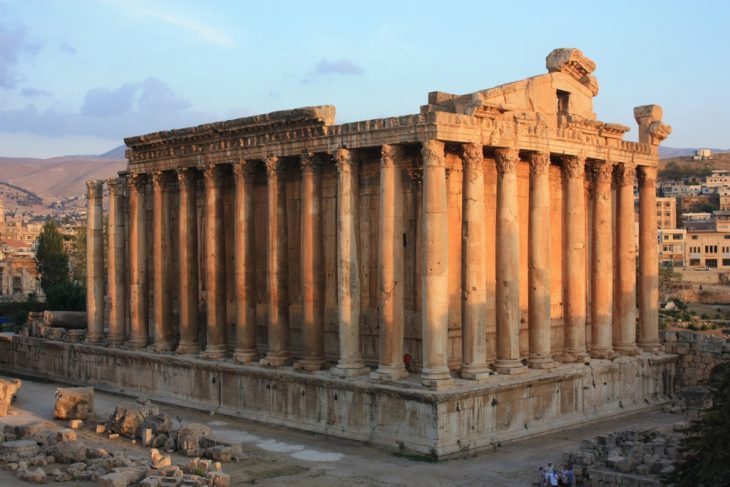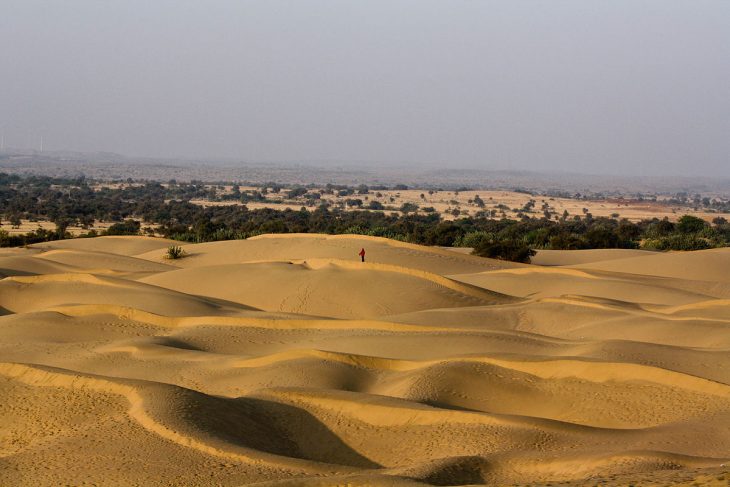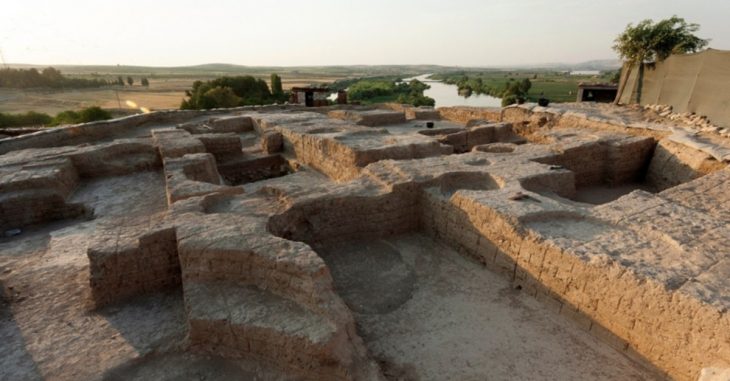Excavations conducted ten years ago at the archaeological site of Kültepe Kanesh Karum, which dates back 6,000 years and is home to Anatolia’s earliest written tablets, revealed hazelnut shells consumed by the Assyrians 4,000 years ago.
Anatolia became acquainted with writing through the Assyrians, who established the trading colony of Kültepe/Kanesh. The Assyrian traders who established a karum in Kültepe, which is now part of Turkey’s Kayseri province, not only engaged in trade but also facilitated Anatolia’s interaction with Mesopotamian culture.
Until the study by Associate Professor Kahraman Gürcan from Erciyes University in Kayseri, it was believed that the 4,000-year-old hazelnut had European origins. However, Kahraman Gürcan’s 10-year DNA study indicated a different origin.
Gürcan examined the hazelnut trees in Kayseri. Through a decade-long study, Gürcan revealed the DNA of the Kayseri hazelnut.
Gürcan, who studies fruit genetics and breeding at Erciyes University (ERÜ) Genome and Stem Cell Center, compared the DNA structure of hazelnuts he took from many countries in the Black Sea and Europe with the samples he took from hazelnut trees in Kayseri.
After Gürcan’s study, it was revealed that the DNA structure of the hazelnut trees growing in the city with a continental climate resembles neither the Black Sea nor the European type hazelnut species, and is a species unique to Kayseri.

Associate Professor Kahraman Gürcan mentioned, “There are many hazelnut trees in the old neighborhoods of Erkilet, Hacılar, Hisarcık, Talas, and Kayseri. Additionally, there are natural hazelnut trees in small forest-like areas. There are also many hazelnut trees in the old stone neighborhoods of Kayseri. Some families claim that the hazelnuts harvested from these gardens suffice for them during the winter.”
Gürcan continued, “In my research, I observed that the Kayseri hazelnuts have short ‘zuluflar’ (the fringes or the ends), resembling a kind of hazelnut similar to the European type, rather than the Black Sea hazelnuts. Initially, I thought these hazelnuts might have been brought to Kayseri from Europe. I considered that these hazelnuts might have been brought to Kayseri from Italy, Greece, or Spain. However, when we conducted DNA studies, it turned out that these hazelnuts are unique, not similar at the DNA level to any hazelnuts worldwide, and are entirely specific to Kayseri. Considering the economic returns of these hazelnuts, genetically, as a hazelnut variety unique to Kayseri, it could be registered as a geographical indication.”
Gürcan also highlighted the cold resistance of hazelnuts in Kayseri, stating, “The Kayseri hazelnut is resilient to cold, which, in terms of fruit size and oil content, can serve as a good genetic resource to support Black Sea hazelnuts. Due to its physical structure, it’s a hazelnut variety appreciated by Europeans. The hazelnuts are large, and easy to pluck from the branches. Its most important feature is its resistance to cold. It can even grow in altitudes above a thousand meters, such as in Kayseri.”
Cover Photo: Anadolu Agency




